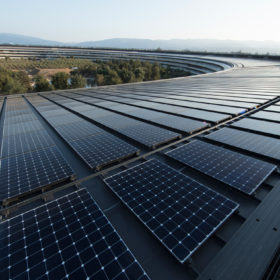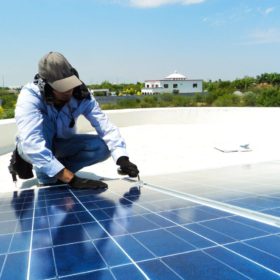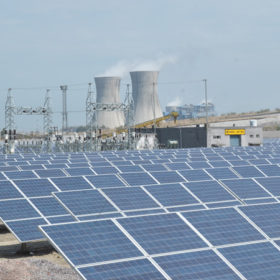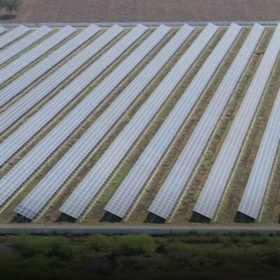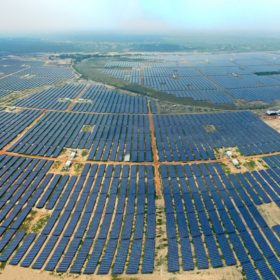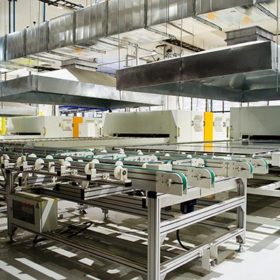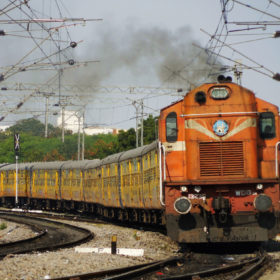Corporate clean energy PPAs surge globally, but India sees a drop
Year 2019 saw some 19.5 GW of wind and solar energy contracted by corporations globally through power purchase agreements, up more than 40% from the previous year’s record. The bulk of this purchase occurred in the U.S. with tech companies and oil and gas majors leading the charge. India, however, saw a drop amid rollback of attractive policies, says a new report from BloombergNEF.
A new technique to get the right angular-tilt
US scientists are proposing a new approach to calculating the optimum angular-tilt of PV panels for a planar surface at a particular site. In their view, the new technique may unlock innovative yield optimization methods for the installation of PV systems.
NTPC tenders operation and maintenance of 10 MWp solar plant
February 10 is the last date to submit bids for the plant at NTPC-Ramagundam Super Thermal Power Station in Karim Nagar district of Telangana. Bids will open on February 11.
KPI bags EPC order for 2.25 MW captive solar projects
The Gujarat-based power generator, which aspires to cross 100 MW capacity milestone in 2019-20, has touched 40.75 MW as an independent power producer and close to 4 MW as captive power producer.
Adani rolls out roadmap to become largest renewable power player by 2030
India’s largest private-sector thermal power producer—which ranked as the sixth largest solar player globally in 2019—will invest over 70% of its budgeted Capex for the energy vertical into clean energy and energy-efficient systems to fuel its transformation.
Maheswari Mining & Energy secures the largest slice of 97.5 MW rooftop solar
The developer won 9 MW under RESCO mode. Other major winners include SunSource with 8 MW, Ampsolar and Varp (5 MW each), and Hero Future and HFM Solar Power (4.075 MW each).
NTPC tenders 50 MW solar plant operations and maintenance in Madhya Pradesh
Domestic bids are invited to provide operations and maintenance services for the solar plant at NTPC Rajgarh. Bidding closes on January 30. Techno-commercial bids will open on February 8.
Driving India’s energy transition
India needs to look at a diverse set of flexibility options such as natural gas capacity, variable renewables themselves, energy storage, demand-side response and power grids, to ensure successful integration of wind and and solar PV, says an International Energy Agency (IEA) report.
Tata Power Solar bags 250MW solar project from NTPC
The project—valued at Rs 15,050 million—is to be set up using only domestically manufactured cells and modules. Completion period is 20 months.
India’s first “fully solar powered” railway section
South Central Railway’s Nandyal-Yerraguntla section in Guntakal Division has been declared as the first solar section in India that has all of its stations in one stretch powered by solar panels.
